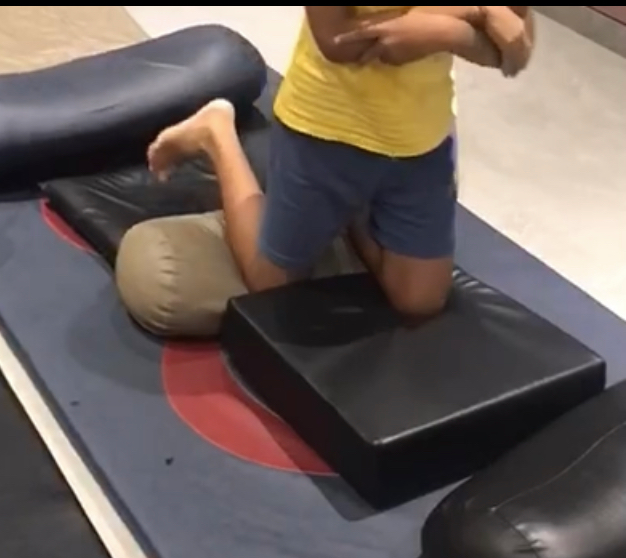We process information from our senses throughout our day. Whether it be the noise and the visual busyness from our home to work, or the taste and smell of the meals we eat. We are aware of the 5 senses sight, smell, touch, sound, and taste, but there are also 2 additional senses:
Proprioception (body awareness)
Within our joints and muscles are receptors that tell our brain where our limbs are positioned in space.
Vestibular (movement)
Vestibular receptors, located in the inner ear provide the brain with information about the body’s movement.

If a child is having difficulties processing the sensory information from the world around them their behaviour may be affected in many ways. They are less likely to be able to achieve their full academic potential, find social interactions difficult and find family activities such as swimming, holidays or going to the cinema distressing. Here are some Sensory Processing issues which may be present in your child:
- Tactile difficulties (touch)
- Proprioceptive difficulties (where they are in space)
- Vestibular difficulties (movement)
- Auditory difficulties (hearing)
OCCUPATIONAL THERAPY and SENSORY INTEGRATION
An occupational therapist can help identify how a child is processing and responding to sensory information. Once the areas of difficulty are established, strategies and techniques are implemented to address them. They use Sensory integration therapy (SI) to help kids with Sensory Processing Disorder by exposing them to sensory stimulation in a structured, repetitive way. The theory behind it is that over time, the brain will adapt and allow kids to process and react to sensations more efficiently.
Because Occupational Therapists often only see kids once or twice a week, parents are trained in doing treatment at home, too. The Occupational Therapist will work with parents to create a schedule of therapies to do during the day. This is sometimes called a “sensory diet.” Parents can also help by making changes at home. For example, the OT may suggest creating a quiet space at home or buying weighted blankets or fidget toys.
